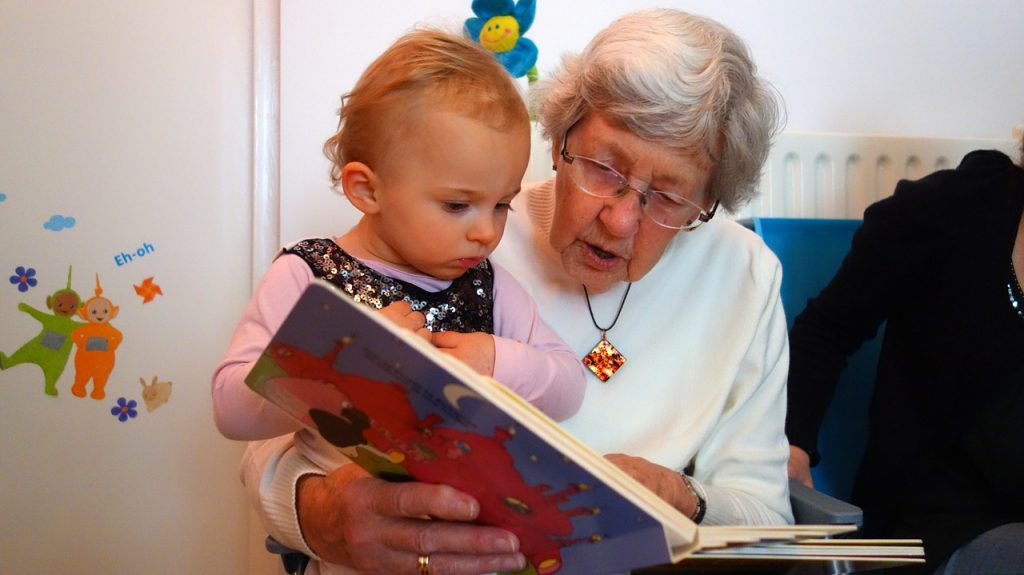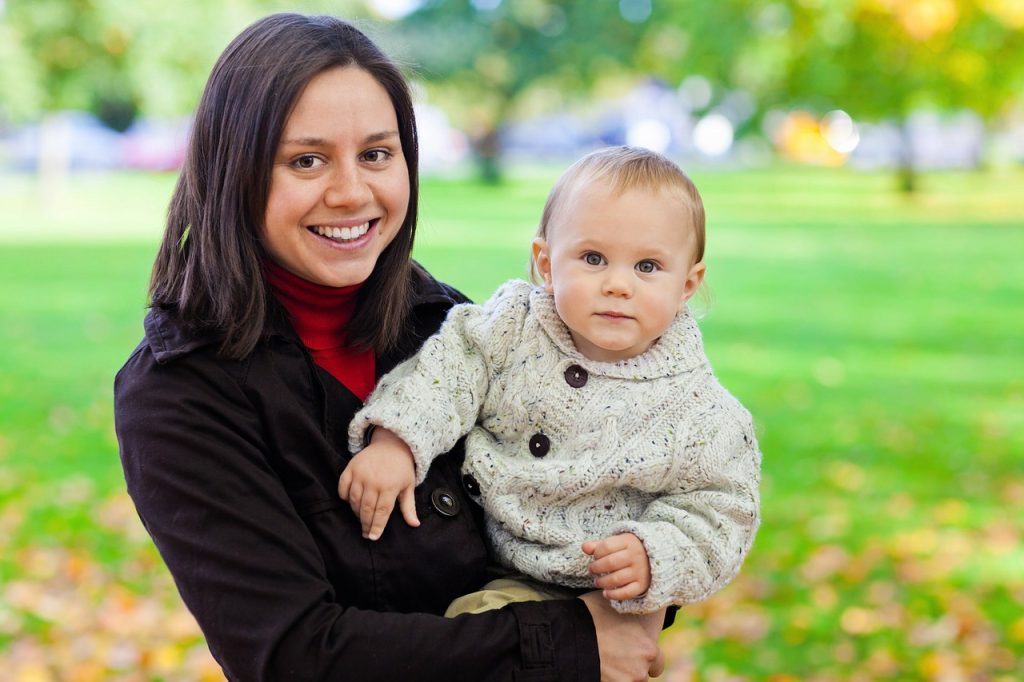
Maria Montessori (1870-1952) was the first female doctor in Italy. She specialised in paediatrics and worked with children from disadvantaged backgrounds, setting up a nursery for children where the only toys were simple objects and staff were told to observe rather than intervene. Based on the results of her experiment she developed her own method, now known worldwide as the Montessori method, founded on her observations.
She believed education starts at birth and that children have special periods where they are more able to learn certain skills. It is the role of the adult to identify these periods and offer the child specially adapted activities. She felt that all children were naturally able to learn and curious about the world around them, learning through movement (particularly the hands) and the senses (which led to the development of her sandpaper letters), and show spontaneous self-discipline when in an environment that meets their needs.
Continue reading “Child development: Montessori”










